Transform Your Customer Care Team From a Cost Center to a Profit Center

Every company has both cost centers and profit centers. Cost centers are departments that are necessary to the business – but don’t directly contribute to its revenue growth. Profit centers, on the other hand, are teams that do directly generate revenue.
All too often, customer service is seen as a cost center. Sure, a customer care team is table stakes for running a business, but it doesn’t directly contribute revenue. Companies with this mentality often look for ways to trim customer service expenses. And they’re reluctant to approve any new investments in customer care teams, tools, or technology.
Here at 1440, we think that’s an outdated mentality. In fact, we’re here to argue that customer care can, indeed, be a profit center.
Increasingly, consumers make purchase decisions based on the experiences they have with a brand. In fact, according to Salesforce research, 88% of consumers say that the experiences a brand provides are as important as its products or services. This is up from 80% just two years ago.
Who plays a starring role in delivering the great experiences modern consumers expect? Customer care teams, of course. These are the folks who are “on the ground,” interacting with customers day in and day out throughout the purchase journey.
In this blog, we’ll explore how customer care – when equipped with the right tools, resources, training, and technology – can transform from a cost center to a profit center.
Customer Care Teams Deliver Pre-Sale Experiences That Boost Conversion
It’s common for consumers to reach out to brands prior to making a purchase decision. Maybe they have specific questions about a product – or they’re having trouble deciding between two seemingly similar options.
Consumers seek out pre-purchase guidance in many ways. In-store shoppers might approach a sales associate or visit the customer service desk to get answers to their questions. But increasingly, shoppers are leveraging digital channels to get the help they need. These channels include (but aren’t limited to):
- The Q&A section of products pages
- Chatbots or digital assistants
- Product reviews
- Live chat
- Messaging channels
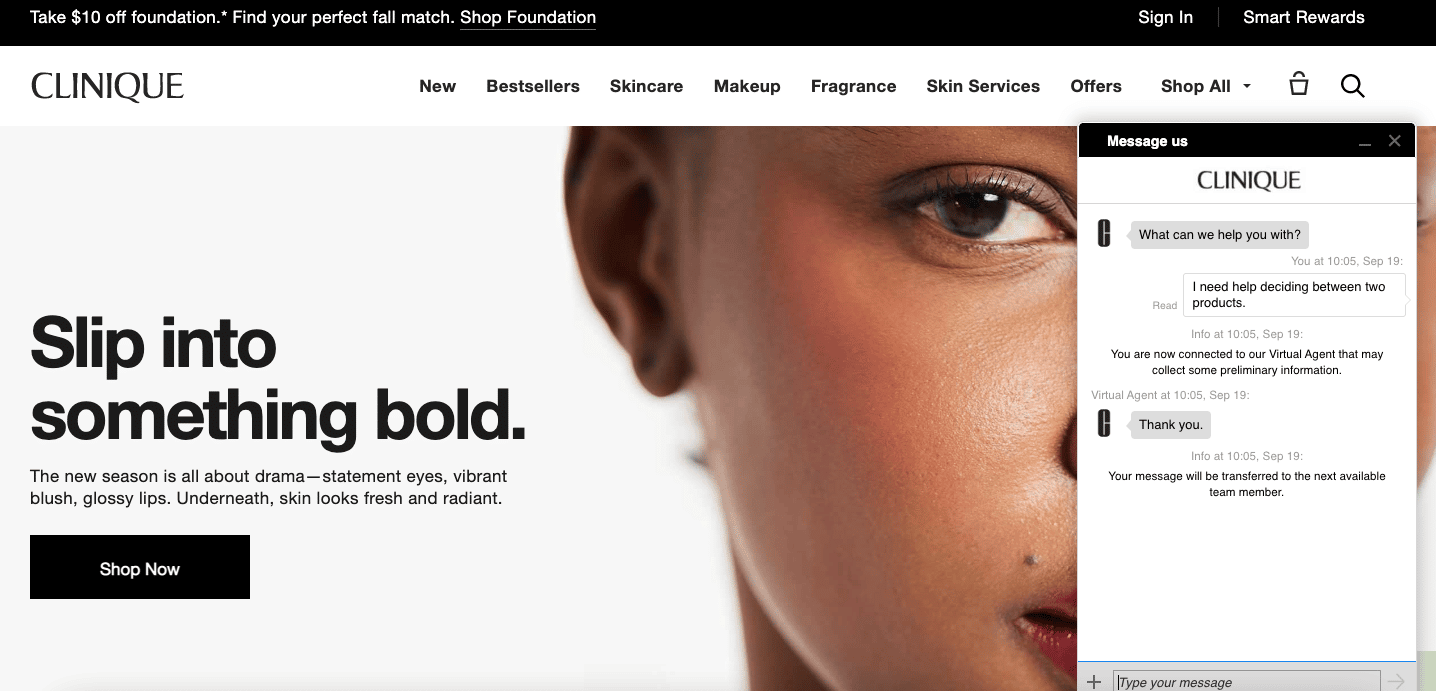
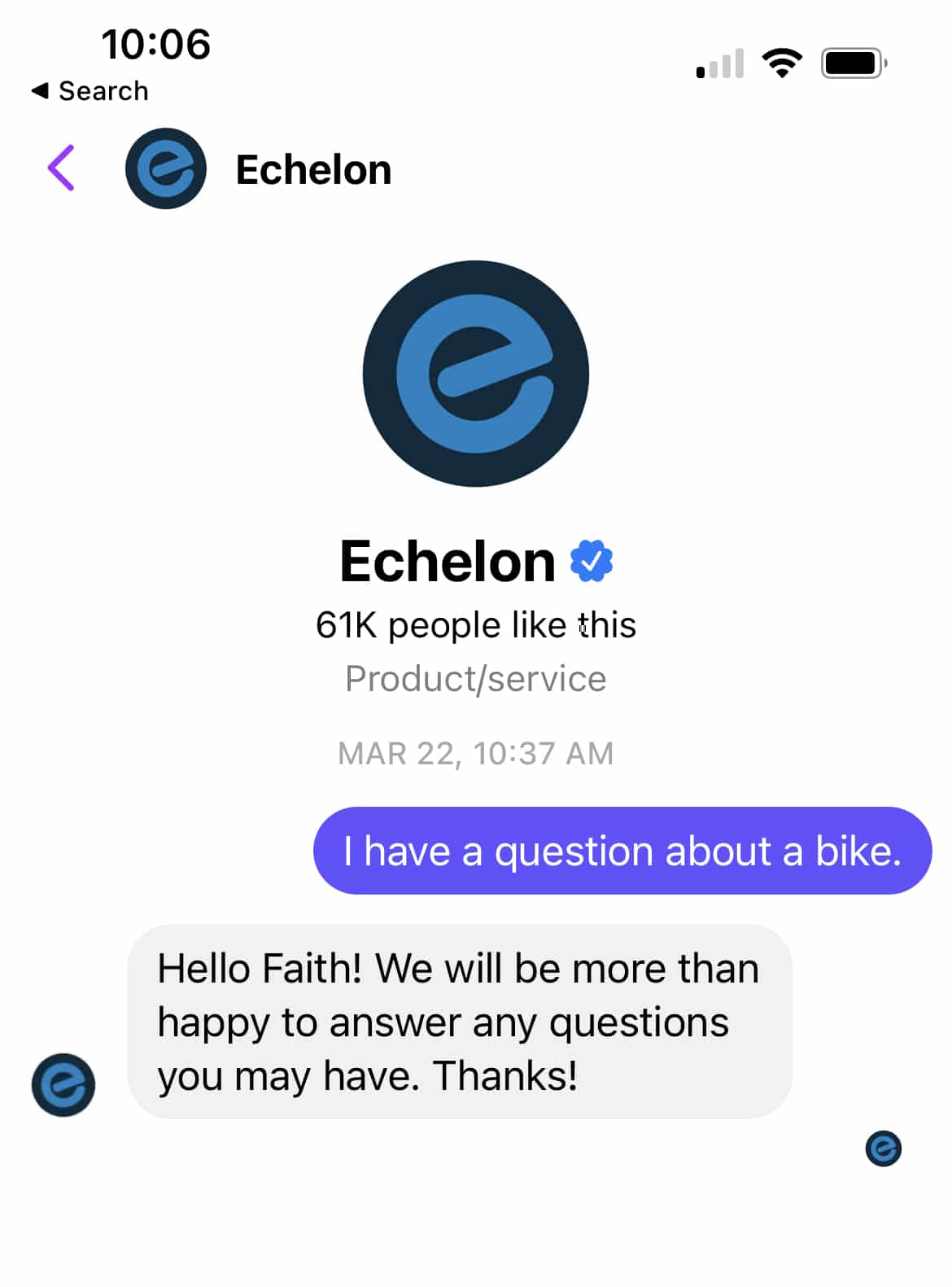
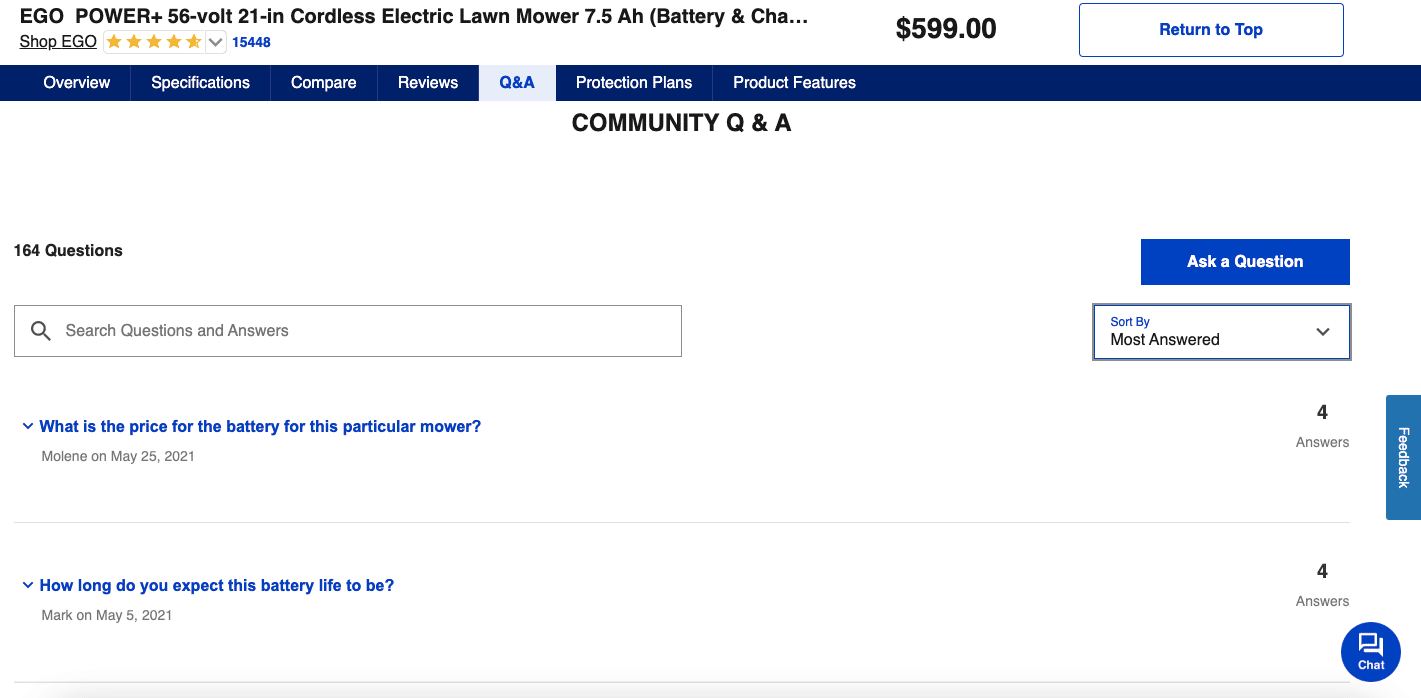
The service a consumer receives via these channels can have a huge impact on whether they make a purchase – or seek out a different option. Consider the fact that, per Salesforce research, 78% of consumers have made purchase decisions based on the quality of customer service.
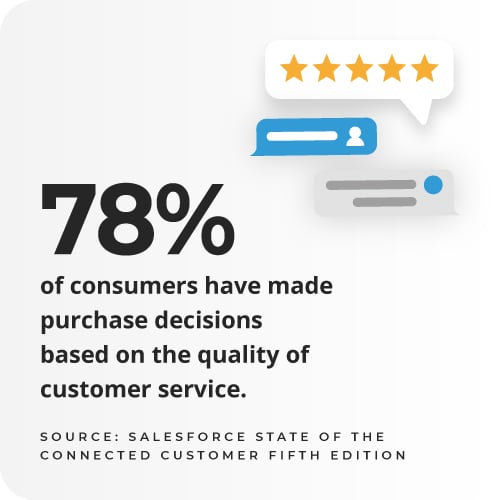
Of course, many factors contribute to the quality of customer service. One key factor is timeliness. 83% of consumers expect to interact with someone immediately when they contact a company. Another is the brand’s ability to communicate with the customer in their preferred language. Our own research found that 83% of consumers expect a brand in a different country with a different native language to be able to interact with them in their preferred language at least sometimes.
When equipped with the right tools, customer care teams can deliver great pre-purchase experiences that meet (and exceed) customer expectations – and ultimately, lead to a sale.
In addition, customer care teams can help ensure a customer doesn’t buy just any product – but instead buys the one that best fits their needs. That means the customer will be more satisfied when their item arrives in the mail – and less likely to make a (costly) return.
Customer Care Teams Collect First Part Data to Fuel Personalized Communications and Offers
These days, consumers aren’t content to be treated like a number. Instead, they expect brands to understand their needs and deliver relevant content and information. Research from McKinsey tells us that 71% of consumers expect brands to deliver personalized interactions. And 76% get frustrated when this doesn’t happen. In addition, Salseforce found that 56% of consumers expect offers to always be personalized.
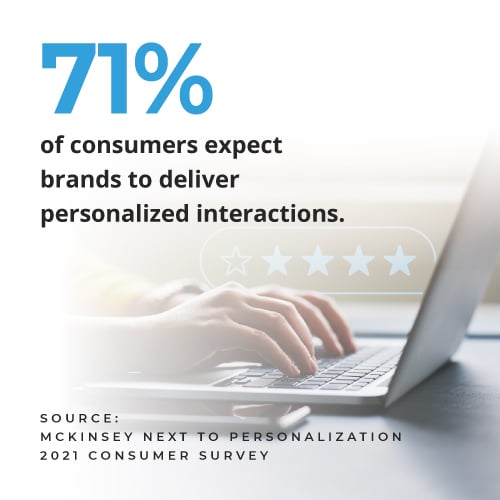
Many marketers worry that the imminent death of the third-party cookie will make it impossible to deliver personalized, relevant campaigns and offers. But that’s not the case. It simply requires brands to shift their focus to collecting more first-party data directly from their consumers.
This might seem like a losing battle. But the reality is, the majority of consumers are willing to share their data – if they’re sure there’s something in it for them. A survey from our friends at Yotpo found that 68% of shoppers are willing to share personal information with brands in exchange for perks such as personalized offers, tailored discounts, and exclusive experiences.
Customer care teams can play a key role in collecting more of this critical first-party data. For example, after a positive interaction with a customer, a customer care agent can collect data from them – perhaps through a form or another means. This data can fuel more personalized offers, communications and campaigns from marketing. Those personalized initiatives can help drive revenue growth. After all, McKinsey found that companies that grow faster drive 40% more of their revenue from personalization than their slower growing counterparts.
Customer Care Teams Can Boost Customer Lifetime Value with Cross-Sales and Upsells
Customer care teams frequently interact with existing customers. Maybe it’s someone reaching out with a question about their existing insurance policy. Or perhaps another that needs assistance assembling a new piece of furniture.
These conversations can be an opportunity for customer care agents to upsell and cross-sell existing customers. For example, maybe the insurance customer could also use a policy for their boat. Or perhaps the consumer who bought a new bed loves it – and the customer care agent convinces them to buy the matching nightstand.
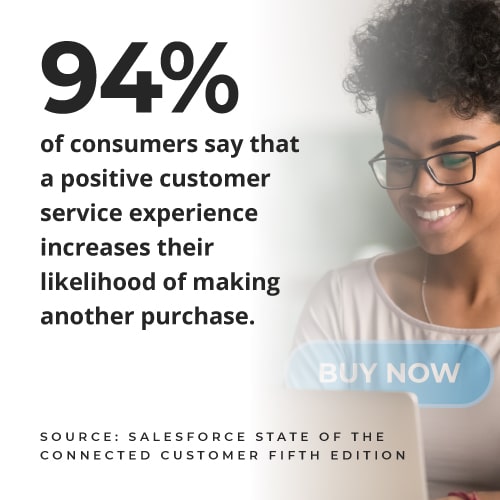
Those customer-care-driven cross-sells and upsells increase customer lifetime value – which boosts your bottom line.
Customer Care Teams Build Authentic Connections with Customers That Bolster Trust and Boost Loyalty
Delivering positive post-sale interactions with customers can boost the bottom line – even if there aren’t any real-time opportunities for upsells or cross sales. That’s because positive experiences drive repeat business. According to Salesforce, a staggering 94% of consumers indicate that a positive customer service experience increases their likelihood of making another purchase in the future.
Even the best brands can’t be all things to all people. And it’s inevitable that you’ll occasionally have an unhappy customer. Sometimes, those unhappy customers will contact customer service – or they might opt to write a negative review about their experience.
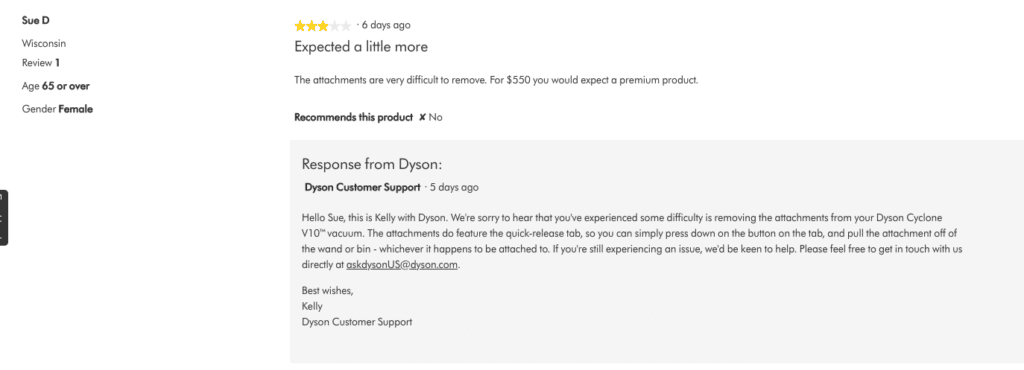
When a customer care representative engages with these shoppers, they have the opportunity to turn a negative situation into a positive one – and restore the shopper’s trust. Per Salesforce, 80% of consumers will forgive a company for its mistake after receiving excellent service. And if their trust is restored, they’re more likely to make a purchase again in the future.
Happy customers also share their feedback – either by writing a positive review or contacting customer service. When customer service agents engage with happy customers, they’re building stronger relationships – which can lead to greater loyalty and customer lifetime value. Consider the fact that 62% of customers say they feel an emotional connection to the brands they buy from the most.
Transform Customer Care into a Profit Center
Increasingly, experiences drive purchase behavior. Customer care teams play a key role in delivering the experiences that win and retain customers.
Stop thinking of customer care as a cost center. With the right strategy and investments, your customer care team can evolve into a well-oiled profit center that drives revenue growth for your brand.